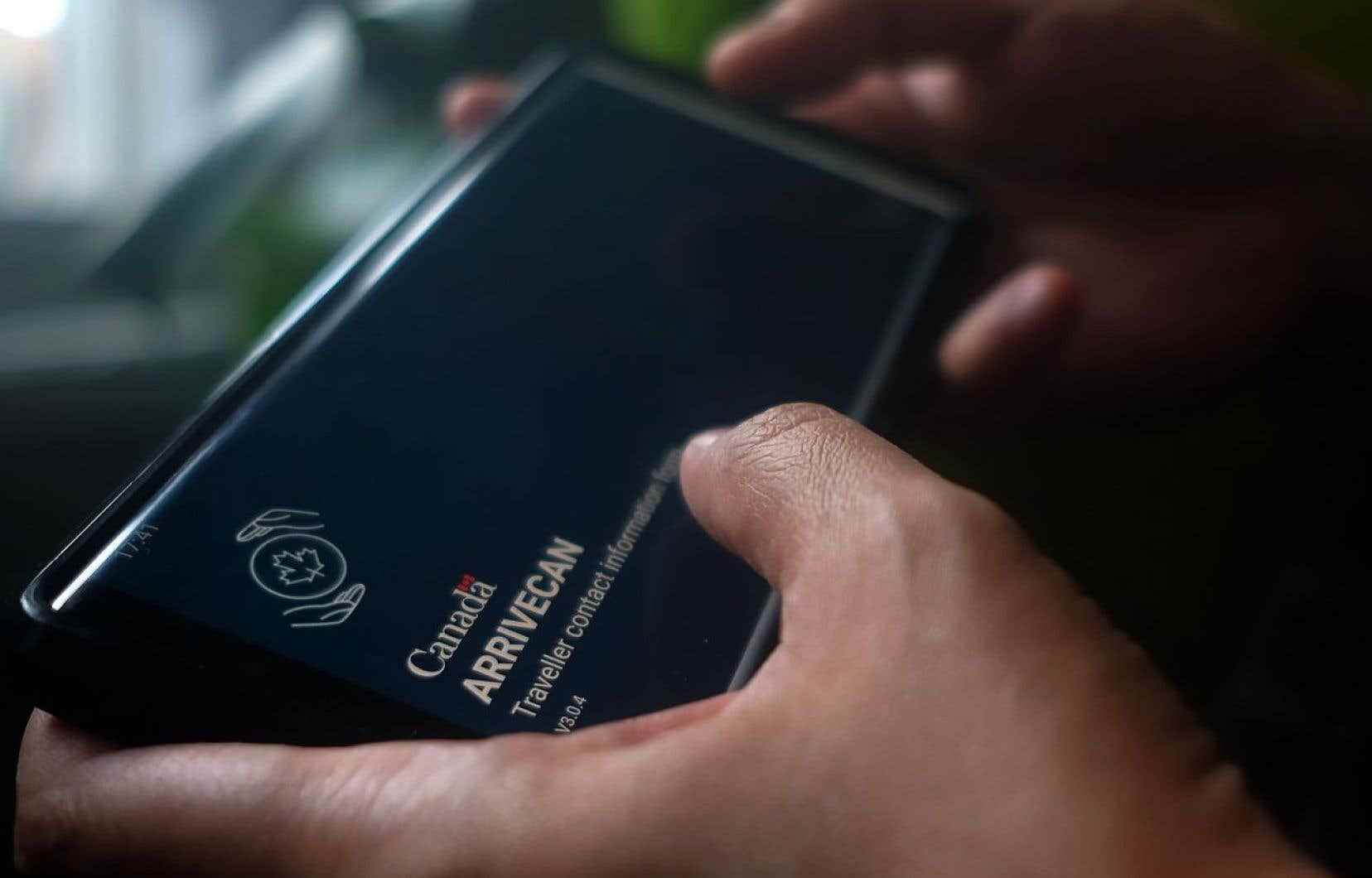US elected officials and business representatives are increasing pressure on the Trudeau government to reduce travel delays between the US and Canada.
Nearly 1,500 emails have been sent to MPs and Public Safety Minister Marco Mendicino since the launch of the Canadian American Business Council’s (CABC) new campaign, “Travel Like It’s 2019 “, two weeks ago.
She is calling on Ottawa to scrap the controversial ArriveCan app, a mandatory screening tool for people arriving in Canada.
The CABC also wants the federal government to eliminate the backlog of 350,000 applications to join the NEXUS program, making it possible to speed up the passage of travelers at the Canada-US border.
Both are direct symptoms of the pandemic and are just one of a series of factors that voices critical of government measures say are causing widespread travel delays across the continent and deterring some would-be travellers.
But they are also the easiest factors to remove, according to the organization’s president and CEO, Maryscott Greenwood, who fears that the pandemic has become an easy excuse to gradually increase access to the border.
Just last week, federal Transport Minister Omar Alghabra told the House of Commons Transport Committee that the lingering impacts of the pandemic are to blame for chronic travel delays at Canadian airports.
However, the conservative opposition has tried to make ArriveCan a political lightning rod, as have some US lawmakers.
“This requirement discourages travel, impedes the flow of commerce, and burdens travelers with the submission of private health information,” New York Republican Representative Elise Stefanik wrote in a letter last week to Minister Mendicino and to Canada’s Ambassador to the United States, Kirsten Hillman.
Persons entering Canadian soil must use the application accessible on the web and smartphone to upload their travel documents and their vaccination status in advance.
Some travelers are intimidated by the app’s requests, while others don’t follow the download process until they arrive at the border or airport, leading to delays at customs, Stefanik continued. .
“As a result, travelers are choosing to stay home rather than face long wait times and frustrations caused by the ArriveCan app. »
On NEXUS, New York Democratic Representative Brian Higgins wrote to Chris Magnus, the U.S. Customs and Border Protection Commissioner, demanding that the agency prioritize reducing the backlog requests from the American side.
The system receives between 8,000 and 15,000 requests a day, and the current wait time for an appointment is over nine months, Mr Higgins wrote.
He also cited recent border statistics that suggest the volume of inbound traffic to the United States is still a shadow of what it was in 2019.
Data released by the border agency last week shows 250,678 passenger vehicles entered the United States through the Buffalo-Niagara Falls area in June this year, up from 462,665 in June 2019.
“These reduced operations are hurting the United States economy as well as the quality of life along our northern border,” Higgins said.
“Fast processing of NEXUS applications and interviews will increase border activity as we work to recover from the COVID-19 pandemic. »
The current backlog of applications for NEXUS has reached 350,000. NEXUS offices in the United States reopened in April, while all 13 enrollment centers in Canada remain closed.
Media recently reported that these offices are closed due to a dispute over whether US customs officers should be allowed to carry handguns inside NEXUS centers, but Maryscott Greenwood is not convinced. .
The bilateral treaty that governs preclearance between Canada and the United States already allows US border guards to keep their handguns in certain circumstances, she said. The United States would like to see these conditions extended to include NEXUS.
Ms Greenwood said she believes the federal government could open these centers quickly if it makes them a priority – and she hopes the campaign can help make that happen.
“They hear about it from us, they hear about it from members of Congress, and they hear about it from their own constituents,” she argued.
“I think it’s escalating to the point where it needs to be addressed. »
